High cholesterol or hypercholesterolemia.
- Cholesterol is a fat-like substance that's found in cells of our body
- Cholesterol is essential for many body functions like making cell membranes and making Vitamin D and hormones.
- Hypercholesterolemia is the presence of excess cholesterol levels in the blood that contributes to the development of atherosclerosis and coronary heart disease
Types of cholesterol
- High-density Lipoprotein or HDL
- It is useful for the body because it takes cholesterol away from the cells and then back to the liver.
- The liver breaks it down or passes it to out of the body as waste material. Often called the good cholesterol
- Low-density Lipoprotein or LDL
- It is the “bad” cholesterol. LDL takes cholesterol from the liver to the cells.
- Cells use cholesterol but too much cholesterol in the blood can clog the arteries. LDL is the bad or “lousy” cholesterol.
- It can lead to a buildup of plaque in the arteries.
- Very low-density lipoprotein or VLDL is also considered as bad cholesterol. It also tends to promote plaque buildup.
- Triglyceride
- It is also a type of fat found in the blood. it comes from the food which we eat. Excess calories, alcohol, or sugar in the body are converted into triglycerides and stored in fat cells throughout the body.
Ayurveda's view about Cholesterol
- According to the Ayurveda, the body is a combination of the
- Three doshas(Vata, Pitta, Kapha).
- Seven Dhatus (plasma, blood, muscle, fat, bone, bone marrow, and reproductive tissue).
- Three wastes(faeces, urine, and sweat (malas).
- The balanced state of all above combinations is health, and their imbalance is called a disease.
- If Meda Dhatu(Fat) which is one of the seven dhatu is balanced and healthy, that subsequently helps to maintain balanced cholesterol but when Meda Dhatu or fat tissue is imbalanced means hyper cholesterol.
- Constantly intake of bad foods and bad habits especially kapha aggravating diet and lifestyle leads to imbalance dosha, especially kapha dosha.
- Because of imbalance dosha, this digestive fire is failed to work properly it will lead to making amavisha (if food is not digested properly it leads to building up toxin)
- Amavisha gets mixed in with the fat tissue, it damages the ras vah srotas(channels that carry plasma ), raktvah srotas (the channel that carries blood ), medovah shrotas( channels that supply fat), and this leads to problems such as high cholesterol.
Some of the main causes of hyper cholesterol
- Unhealthy diet
- Inappropriate lifestyle
- Smoking
- Age
- Genetic factor
- Obesity
- Diabetes
Hyper cholesterol itself usually causes no symptoms but can lead to heart
disease
Ayurvedic treatment for hyperlipidemia or high cholesterol
Ayurveda explains to us how to maintain a healthy quantity and quality of fat tissue in the body. The treatment focused on alleviating Vata and Kapha dosha and impaired Agni. When healthy food and a good lifestyle combined with Ayurvedic medicine for high cholesterol, it can reduce cholesterol levels and improve your heart health.
- Nidana Parivarjana(avoid disease-causing factor)
- Avoid oily and greasy (deep-fried) foods, cold (raw) or re-heated foods, heavy foods, and sweet-sour and salty food
- Avoid daytime sleeping
- Avoid lethargic behavior
- Avoid stress
- Shodana therapy (deep cleansing of body channels)
- Vamana therapy:- it helps for cleaning excess Kapha from the body.
- Virechana(purgative therapy):- it’s the best way to eliminate excess med dhatu(fat) and improve the quality of digestive fire
- Basti:-(enemas) Some fat eliminating enemas like Teekshna Basti, Kashara Basti or Lekhana Basti
- Apatarpana chikitsa (Depletion therapy) it includes
- Langhans:- Langhan therapy this induce lightness of body like fasting
- Rukshana: (A type of management which induces dryness)
- It can be classified as
- External Rookshana – In the form of Udvartan with Kolakulathadi churna, Triphala churna, etc.
- Internal Rookshana can be performed by medicine and diet
- Medicine - Arishta(Abhyarishta, Takraishta) are induce dryness in the body
- Ayurveda describes diet Takra-Siddha Yavagu (gruel prepared from buttermilk induce dryness in the body)
- Shamana Chikitsa( medication) it includes
- Deepan (stimulation of digestion and metabolism) for strong digestive fire because it is important for metabolizing fat, and creating healthy lipid tissue and cholesterol also get balanced.
- Pachan(digestion)
- Lekhan(scraping)
- Medicine
- Kaishor Guguulu
- Navak guggulu
- Vidangadi churna
- Gomutraharitaki churna
- Shiva gutika
- Other single herbs Arjun ,chitrak ,shilajit
- All medication needs to be taken under the supervision of an Ayurveda physician
- Rasayana therapy- for boosting immunity for high cholesterol.
- Lasuna Ksheerapaka -Takes 4 cloves of crushed garlic in one cup of milk & one cup of water. Then, boil the mix until its volume becomes one cup. This preparation is known as Lahsun-Ksheer-Paak.
Pathya or Apathya Ahara(food should be taken or not)
- The three Ayurvedic tastes that help balance Kapha are pungent, bitter, and astringent, so include more of these tastes in your daily diet
- Here is Kapha pacifying food list
Grains and cereals
- Barley, Quinoa, Millet, Corn
- Avoid or in limit wheat, rice, oats
Fruits favor( all astringents food)
- Apple ,apricot, berries ,peaches pomegranate ,pears ,prunes
- Avoid or in limit- banana ,dates, oranges, avocado
Vegetables pungent and bitter vegetables
- Asparagus, Beets, Broccoli, Cabbage, Carrots, Cauliflower, Celery, Garlic, Leafy Greens, Lettuce, Okra, Onions, Parsley, Peas, Peppers, Radishes, Spinach, Sprouts
- Avoid or in limit -sweet potato, cucumber, tomato, zucchini
Spices
- All spices are good ginger, black pepper, cumin, mustard seeds, ajwain, saffron, asafoetida, cinnamon, cardamom, cloves, fennel, coriander, nutmeg
- Avoid- salt
NUTS & SEEDS
- Small portions of soaked almond and walnut,
- Flaxseed, Pumpkinseed, Sunflower seed
Dairy
- Organic skim milk boiled and served hot
Legumes
- All legumes are good
- Use in limit- black gram daal, kidney beans
- Excessive oily fried items
- High sugar-containing item
- Sleeping during daytime
- Sweet sour salty food strictly avoided
Vihar( lifestyle tips )
- It’s good to follow Kapha pacify routine like
- At least 30 minutes a day of walking, running, yoga or breathing exercise
- Surya Namaskar, Sarvang Asana, Pawanmuktasan,Uttanpadasan, Naukasan
- Performing Udwartan- It is a type of massage done over the body with herbal powder in the upward direction it is the process of shoshan( absorption and Kapha and medohar properties)
Ayurvedic Diet for high cholesterol and high triglyceride
- First, need to follow a Kapha-pacifying diet & lifestyles (lifestyle like. Exercise & yoga) balances the digestive fire
- Reduce intake of unhealthy fat (trance fat and saturated fat) it's hard to digest and causes of build up ama (toxin )
- Increase intake of unsaturated fat and include food which rich in omega 3 fatty acids.
- Early morning
- Wakes up at Kapha time 4am to 6 am
- Soaked fenugreek seed(excellent for Kapha pacify) with one glass water or one glass warm water with lemon and five soaked almond or 2 or 3 walnut ( almond and walnut are rich omega 3 fatty acid ) you can make your choice
- Breakfast
- vegetable idli /veggies upma and fruit juice, quinoa or fruit
- Lunch
- Chapati made by multigrain flour +daal +vegetables which have Kapha pacifying properties +Salad dressing with pumpkin seed
- Grill 1 or 2 small cloves of garlic and take it daily with your main meal
- Evening snacks
- Roasted gram (channa) or 2or 3 teaspoon pumpkin seed with Kapha pacifying tea or coriander tea
- Dinner
- Vegetable Dalia or khichadi+ salad( choose veggies that pacify Kapha dosha)
- Bedtime
- Turmeric and cinnamon powder milk or have a teaspoon of Triphalaadi choorn, mixed with honey or lukewarm water
- Dry cereal, salt-free crackers, are good for the balance of Kapha dosha and make good snacks
- Eat 5 to 6 curry leaves daily
- Choose fruit and vegetables from Kapha pacifying food list (I already mentioned above)
- Add buttermilk and garlic in your diet
- Lasun ksheer pak( I already mentioned above how to make it )
- Taking half teaspoon trikatu (powder made by black pepper, long pepper, and ginger) with one teaspoon honey, it is good for burning ama (digestive fire) and excess Kapha, further helping regulate cholesterol
- Coriander tea- coriander is good for the heart
- ( Boil water with 2 tsp coriander seed. Strain and drink this water).
- Kapha pacifying tea (Kapha Tea)
- One teaspoon ginger, one cardamom,1 clove 1/`4 teaspoon turmeric powder,1/4 teaspoon black pepper, Two cup water for boiling boil for 5 minutes
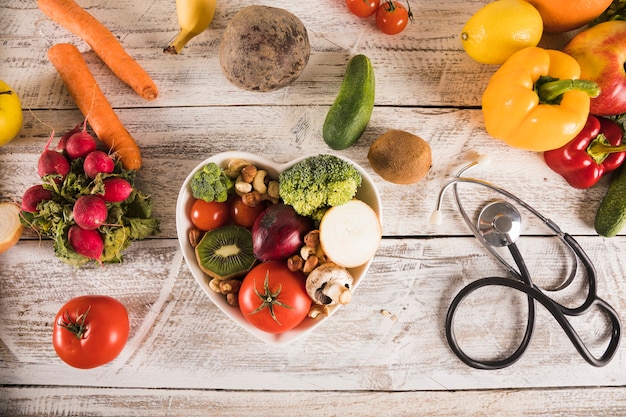
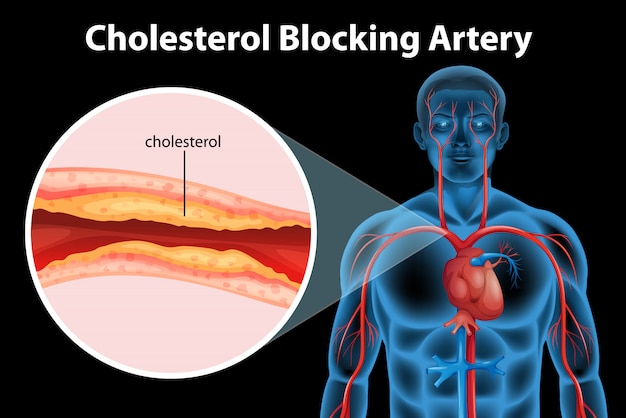
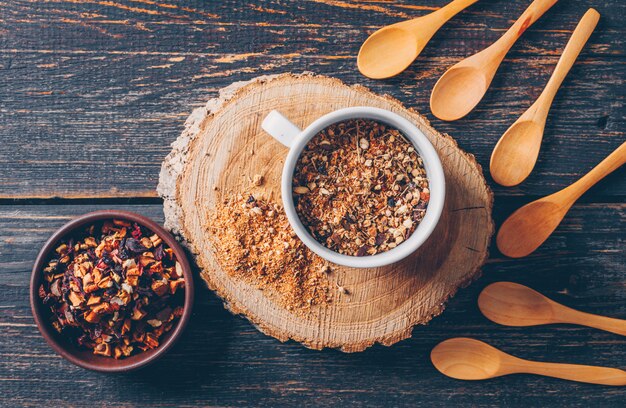
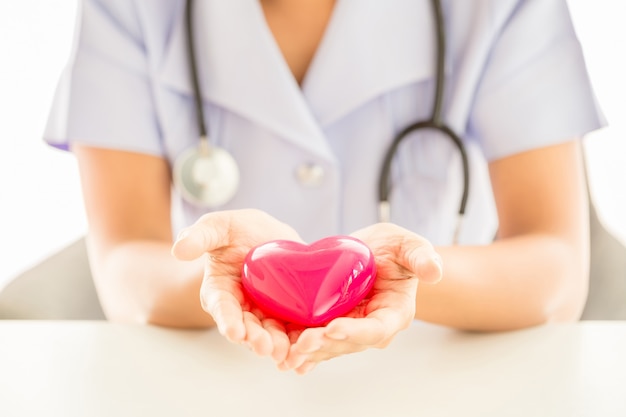
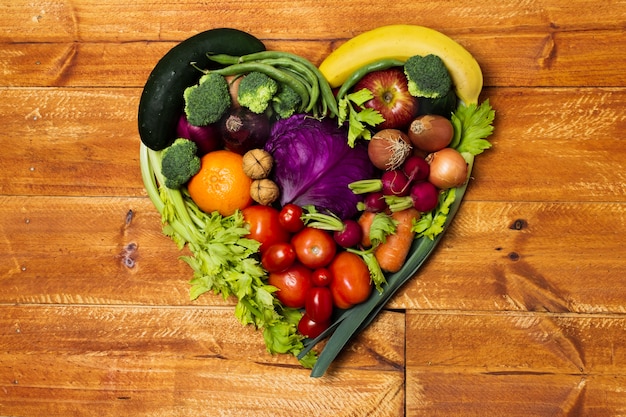
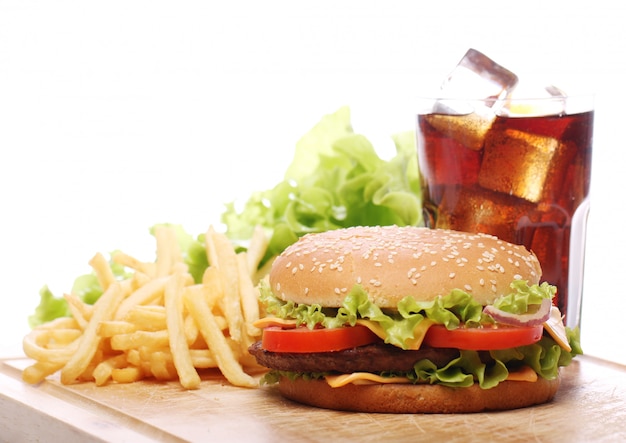


Thanks for another useful blog.
ReplyDeleteUseful knowledge..
ReplyDeleteI haven’t any word to appreciate this post.....Really i am impressed from this post....
ReplyDeleteThanks..Best Ayurvedic Treatent for Hair Fall
Nice post, impressive. It’s quite different from other posts. Great articles love it good work keep it up. if you want to Kidney Medicine Ayurveda so you can visit on our website.
ReplyDelete